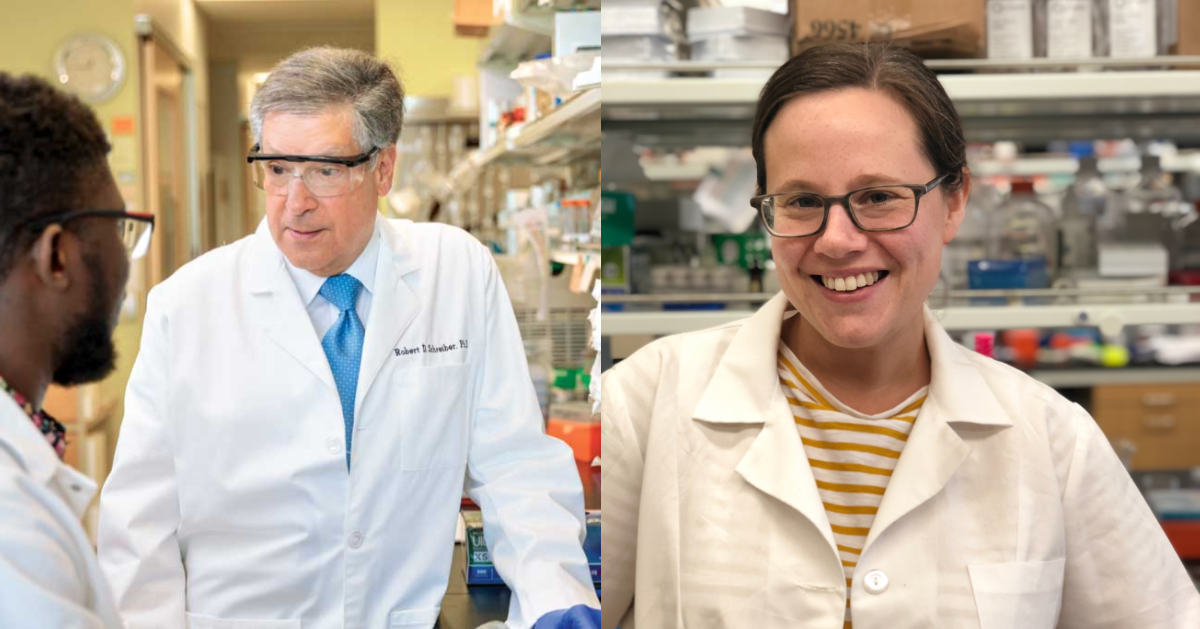Showing 1 - 10 of 26 Publications
MHC-II neoantigens shape tumour immunity and response to immunotherapy
Summary of work
The cancer immunotherapy field has largely focused on activating killer T cells to attack cancer, however many patients do not respond to this approach. A new study from Washington University School of Medicine in St. Louis published in Nature has revealed for the first time that helper T cells could be the missing puzzle piece in cancer immunotherapy.
“Just because killer T cells might be present around the tumor, doesn’t mean they’re actively killing tumors. We found that not only do you need helper T cells to recruit the killer T cells, the helper cells need to be there to coax the killer T cells to mature into an active state in which they are capable of killing [cancer] cells,” said first author Elise Alspach, PhD, a postdoctoral research associate in the lab of PICI investigator Robert Schreiber, PhD.
They believe an approach that combines checkpoint inhibitor with a cancer vaccine that specifically activates helper T cells could be a winning solution for many patients. The researchers have only studied the combination in mice so far, but they aim to test the treatments in patients.
Why this is impactful to patients
This pivotal paper pulls back the curtain on the role of the helper T cell. Until now, helper T cells have been overshadowed by cancer immunotherapy’s star player, the killer T cell. Scientists now realize that helper T cells might play a near equally important role.
In fact, after treatment with checkpoint blockade therapy, a successful immune response depends on both helper T cell and killer T cell activation in tumors that don’t respond to the immunotherapy alone.
“In the past we’ve centered our thinking on what molecules are going to drive killer T cells into a tumor. This research prompts us to think about how we can we prime helper T cells as well,” said PICI researcher Danny Wells.
In terms of treatment options, “it opens up the realms for checkpoint inhibitors and cancer vaccines. We need to be considering both. It changes how we think about using checkpoint inhibitors entirely,” Wells notes.
A major challenge to understand the role of helper T cells for immunotherapy has been identifying the mutant proteins, or neoantigens, that trigger a response. The authors of this study are using a software they created to chip away at this problem.
And while we are still a ways off from seeing this approach in the clinic, this is a promising approach to defeat cancers resistant to immunotherapy.









